Dadaism: The Art of Absurdity, Rebellion, and Revolution
Author:
GeorgeUpdated:
13.04.2025


- Key Takeaways
- What Is Dadaism?
- 1.A Definition that Defies Definition
- 1.
- Why Did Dadaism Start?
- 3 Core Beliefs of Dada: Nonsense, Satire, and Rebellion
- 2.1. Anti-Art and Anti-Establishment
- 3.2. Embracing Chaos and Chance
- 4.3. Humor with Sharp Edges
- 2.
- 4 Famous Dada Artworks That Shook the Art World
- 5.1. Marcel Duchamp – Fountain
- 6.2. Hannah Höch – Cut with the Kitchen Knife Dada Through the Last Weimar Beer-Belly Cultural Epoch of Germany
- 7.3. Francis Picabia – Here, This is Stieglitz Here
- 8.4. Jean Arp – Untitled (Collage with Squares Arranged According to the Laws of Chance)
- 5.
- Dada's Influence on Future Movements
- 9.Dada → Surrealism
- 10.Dada → Conceptual Art
- 11.Dada → Meme Culture
- 12.Dada in Poetry and Performance
- 9.
What is art, really? A bowl of fruit on canvas? A statue of someone important? How about... a toilet?
That’s not a joke—that’s Dada. A movement that asked the world’s most uncomfortable question: “Why are we still making beautiful things while everything is falling apart?”
Born out of war and chaos, Dada wasn’t just a new way to make art. It was a full-on rebellion. Against violence. Against tradition. Against the idea that art had to make sense at all.
This is the story of how artists turned nonsense into protest—and changed creativity forever.
Key Takeaways
Dadaism started as a reaction to the horrors of World War I.
It rejected logic, order, and traditional beauty in art.
Dada artists used nonsense, humor, and chaos to protest the world.
They made art from everyday objects, random chance, and cut-up media.
Famous Dada works include Duchamp’s Fountain and Höch’s photomontages.
Dada influenced Surrealism, Conceptual Art, and even meme culture.
It also shaped modern poetry, experimental theater, and performance art.
Dada wasn’t just a movement—it was a mindset.
Its rebellious spirit still lives on in art, protest, and creativity today.
What Is Dadaism?
Dadaism was an early 20th-century art movement that rejected logic, order, and tradition. It was unpredictable, absurd, rebellious—and completely intentional in its chaos.
A Definition that Defies Definition
Dada isn’t easily defined—because it didn’t want to be. It was anti-definition, anti-label, and proudly anti-art. At its core, Dada was about,
- Nonsense over reason
- Chaos over control
- Protest over perfection
The term “Dada” itself was randomly chosen by artist Hugo Ball from a French-German dictionary. It meant “hobby horse” in French—exactly the kind of absurdity they loved.
Why Did Dadaism Start?
To understand Dada, you have to step into the chaos of the early 1900s, when the world—and its belief systems—were cracking.
The Horror of World War I
World War I (1914–1918) was devastating. Over 16 million people were killed. It wasn’t just the scale—it was the brutal efficiency of death, thanks to modern weapons like machine guns and poison gas.
Dada artists saw this and asked: “If reason, science, and nationalism led us here... maybe they were never noble to begin with.”
Zurich: The Birthplace of Dada
Switzerland’s neutrality made Zurich a haven for intellectuals fleeing the war. In 1916, a group of artists—including Hugo Ball, Emmy Hennings, Tristan Tzara, and Hans Arp—started gathering at Cabaret Voltaire.
It became a place for radical expression: poetry, performance, art, and anarchy.
Performance Art and the Spirit of Nonsense
Dada was more than visual—it was live, loud, and absurd. Think,
- Costumes made of cardboard tubes and metal wings
- Gibberish poetry shouted on stage
- Performances designed to confuse, provoke, or explode
One iconic moment: Hugo Ball, dressed in a blue cubist bishop costume. He was reciting his sound poem “Karawane”—a cascade of made-up syllables meant to disrupt language itself.
“Gadji beri bimba glandridi lauli lonni cadori...” (Translation: There is none. And that’s the point.)
This was a performance as protest—a rejection of rational speech, of authority, of everything that tried to make sense of a senseless world.
Dada as Protest, Not Just Art
Dada wasn’t just about being weird—it was a response to the world’s collapse.
- Governments failed.
- Religions offered no comfort.
- Institutions caused suffering.
Dada responded by mocking everything—through randomness, satire, and absurdity. Their goal wasn’t to fix the system. It was to expose how broken it already was.
Zürich vs. Berlin Dada: A Tale of Two Anarchies
While Zürich Dada was chaotic, poetic, and anti-art in a playful sense, Berlin Dada was angrier, sharper, and much more politically charged.
In Berlin, artists like George Grosz and John Heartfield aimed their satire straight at capitalism, fascism, and military power. Their photomontages weren’t just weird—they were weapons.
- Zürich Dada said: "Nothing makes sense, so why pretend it does?"
- Berlin Dada shouted: "Nothing makes sense, and we’re going to call out the people responsible."
These two Berlin artists weaponized satire, using art to attack capitalism, militarism, and fascism. Same roots. Different rage.
3 Core Beliefs of Dada: Nonsense, Satire, and Rebellion
Dada wasn’t just a style—it was a mindset. Behind all the randomness and chaos were a few core beliefs that fueled the movement. These ideas weren’t about making art pretty or perfect—they were about shaking things up and tearing the rulebook to shreds.
1. Anti-Art and Anti-Establishment
Dada rejected the idea that art had to be beautiful or meaningful.
They embraced “readymades” (ordinary objects turned into art), destroyed tradition, and laughed at the art elite.
They weren’t asking, “How can I impress the critics?”
They were yelling, “Why do we even have critics?”
2. Embracing Chaos and Chance
Some Dada artists let chance control their process.
- Jean Arp dropped scraps of paper on the floor and glued them where they landed.
- Others tore up texts and rearranged the pieces to make new “poems.”
It wasn’t lazy—it was a statement: art doesn’t need control to have meaning.
3. Humor with Sharp Edges
Dada was hilarious, but also vicious. They used sarcasm and absurdity to tear apart war propaganda, political speeches, and traditional values.
Think of them as the first meme-makers—mocking serious topics with cut-up media and unexpected comparison.
4 Famous Dada Artworks That Shook the Art World
Dada artists didn’t just talk about breaking the rules—they went all in. Their artworks confused people, made critics furious, and changed the way art would be seen forever. Each piece was a challenge, a joke, or a protest—and sometimes all three at once.
1. Marcel Duchamp – Fountain
In 1917, Marcel Duchamp submitted a porcelain urinal to an art exhibition and titled it Fountain. He signed it “R. Mutt,” which made it even more mysterious. This wasn’t a sculpture he carved or a type of a painting he spent months on—it was a store-bought bathroom fixture. But that was the whole point.

Duchamp introduced the idea of the “readymade”—ordinary objects turned into art just by choosing them and placing them in a new context. People were outraged. How could this possibly be art? But Duchamp wasn’t trying to impress anyone with beauty. He wanted to mess with people’s expectations and force them to ask, What even counts as art? That question still echoes in modern galleries today.
2. Hannah Höch – Cut with the Kitchen Knife Dada Through the Last Weimar Beer-Belly Cultural Epoch of Germany
Hannah Höch took scissors and glue and created total visual chaos—but with purpose. Her massive photomontage, made in 1919-1920, was packed with chopped-up images from magazines and newspapers. There were politicians, machines, body parts, and symbols of the modern world. This technique, called photomontage, became one of Dada’s signature styles, and Höch was a master of it. But beyond the wild visuals, this piece had a deeper message.

Höch used her art to criticize the male-dominated politics of post-war Germany and highlight women’s roles in society. The title alone—Cut with the Kitchen Knife—was a bold feminist statement. It showed how she was slicing through outdated ideas. She was one of the few women in the Dada scene, and her work pushed both artistic and social boundaries.
3. Francis Picabia – Here, This is Stieglitz Here
Francis Picabia loved to blend machines with people. In this 1915 piece, he created a “portrait” of the American photographer Alfred Stieglitz—not with paint and facial features, but with machine parts. The drawing looks more like a diagram than a human. It shows gears, pipes, and mechanical shapes. Picabia wasn’t just being silly. He was making a sharp comment about how modern life and technology were changing the way we saw ourselves.

People were becoming more robotic, more mechanical. This was also his way of poking fun at traditional portraiture, which tried so hard to capture personality and beauty. Instead, Picabia’s work said, “Here’s your fancy portrait—hope you like machine parts.”
4. Jean Arp – Untitled (Collage with Squares Arranged According to the Laws of Chance)
Jean Arp believed that randomness could be just as artistic as careful planning. In this piece, he tore up pieces of colored paper, dropped them onto a larger sheet, and glued them exactly where they fell. No sketching, no adjusting—just pure chance. It might sound simple, but it was revolutionary.

Arp was challenging the idea that the artist had to be in full control. He let the universe, or gravity, become part of the creative process. This kind of thinking opened the door for future art movements like Abstract Expressionism and Conceptual Art, where the idea behind the artwork mattered just as much as the artwork itself.
These artworks didn’t follow any rules—and that’s exactly why they’re still talked about today. They weren’t just objects to look at—they were bold questions thrown into the face of tradition.
Dada's Influence on Future Movements
Dada was short-lived (1916–1924), but its rebellious ideas spread far beyond its time. It didn’t just change what art looked like—it changed what art could be. Its fingerprints are all over the 20th and 21st centuries.
Dada → Surrealism
After Dada’s collapse, many of its artists moved into Surrealism, a movement that dove deeper into the subconscious.
- Artists like Salvador Dalí, Max Ernst, and André Breton took Dada’s love for randomness and added dreams, symbols, and psychology.
- Where Dada used nonsense to protest, Surrealism used dreams to explore the mind.
- Breton called Surrealism “a logical continuation of Dadaism,” showing how tightly the two were connected.
Without Dada’s rule-breaking chaos, Surrealism wouldn’t have had the freedom to explore fear, desire, and the unconscious so boldly.
Dada → Conceptual Art
In the 1960s and '70s, a new movement emerged: Conceptual Art, where the idea behind the artwork mattered more than the final product.
- Duchamp’s Fountain laid the groundwork. If a urinal could be art, then anything could—if the concept was strong enough.
- Artists like Sol LeWitt, Yoko Ono, and Joseph Kosuth ran with that idea, creating pieces that were often instructions, performances, or statements.
- Dada taught them that art doesn’t have to be handmade, beautiful, or permanent. It just had to make you think.
Modern art installations, blank canvases, and text-only works all trace back to Dada’s original challenge: Who says this isn’t art?
Dada → Meme Culture
Dada’s playful chaos feels strangely familiar today—because it’s alive and well in internet meme culture.
- Dada artists used photomontage, collage, and remixing to criticize war, power, and the media.
- Memes do the same: cutting, pasting, twisting meaning with humor and irony.
- Like Dada, memes thrive on absurd juxtapositions, random humor, and anti-authority jokes.
Dada walked so meme culture could run, repost, and go viral. Both are fast, funny, rebellious, and full of cultural critique.
Dada in Poetry and Performance
Dada didn’t just flip visual art—it exploded how we use words.
Sound poetry, created by artists like Hugo Ball and Tristan Tzara, broke language into pure rhythm and noise. Poems were made of made-up sounds, meant to be felt rather than understood. It was raw, weird, and powerful.
At Cabaret Voltaire, Dada performances combined poetry, shouting, music, costumes, and chaos. This became the roots of experimental theater, slam poetry, and even performance protest today.
The wild energy you see in spoken word, street theater, or a poet screaming emotion into a mic? That’s Dada’s legacy—loud, unpredictable, and unafraid to break every rule.
Name | Known For |
Marcel Duchamp | Fountain, readymades |
Hannah Höch | Feminist photomontage |
Tristan Tzara | Dada manifestos and poetry |
Francis Picabia | Mechanical, absurd portraiture |
Jean Arp | Chance-based collages |
Hugo Ball | Sound poetry, Cabaret Voltaire co-founder |
Emmy Hennings | Early performance and poetry |
Why Dada Still Matters
Dada wasn’t just about weird art and silly jokes—it was a challenge to the way people thought about everything. It asked big questions: What is art? Who gets to decide what matters? Why should we follow rules made by systems that clearly don’t work? By rejecting logic, beauty, and tradition, Dada gave people permission to create in their own way, on their own terms.
Even today, that rebellious spirit is still alive. You can see it in protest art, in viral memes, in unexpected installations on city streets. Whenever someone uses creativity to question power, make people uncomfortable, or just flip the script, Dada is there in the background—smiling, probably holding a glue stick and a urinal.
As artist Hans Richter once said,
“Dada is dead. Dada was a protest against beauty, morality, and eternity. Dada was all that and more. Dada was a way of life.”
Dada might have been short-lived, but its impact is forever. It didn’t just change art—it changed how we think. And that kind of creativity never goes out of style.
Frequently Asked Questions
What is Dadaism in a nutshell?
Dadaism was an art movement born during World War I that rejected logic, tradition, and the idea that art had to make sense. It used chaos, humor, and nonsense to protest a world gone mad.
Who is the father of Dadaism?
Tristan Tzara is often considered the father of Dadaism. He wrote many Dada manifestos and helped spread the movement beyond Zurich.
What is the difference between Dadaism and Surrealism?
Dadaism was rooted in chaos and protest, while Surrealism focused more on dreams and the subconscious. Surrealism grew out of Dada but leaned into psychology and imagination instead of pure nonsense.
What were Dada artists protesting against?
They were reacting to World War I, the failure of governments, and the belief systems (like nationalism, religion, and reason) that they felt caused so much destruction. Their art protested the idea that anything still made sense.
Is Dada art anti-art?
Yes—and proudly so. Dada challenged what art was supposed to be. It mocked traditional styles and replaced them with absurd, random, or everyday objects. That was the point.
Are memes a form of Dadaism?
In many ways, yes. Memes remix media, use humor and irony, and challenge the status quo—just like Dadaists did with their collages and performances. Dada walked so memes could run.
George, CEO of Photo2painting, is a passionate art lover and entrepreneur. He founded Photo2painting.com from scratch, inspired by his artist friends. As the company's CMO, he manages content and marketing.
Excellent Customer Reviews















































































































































